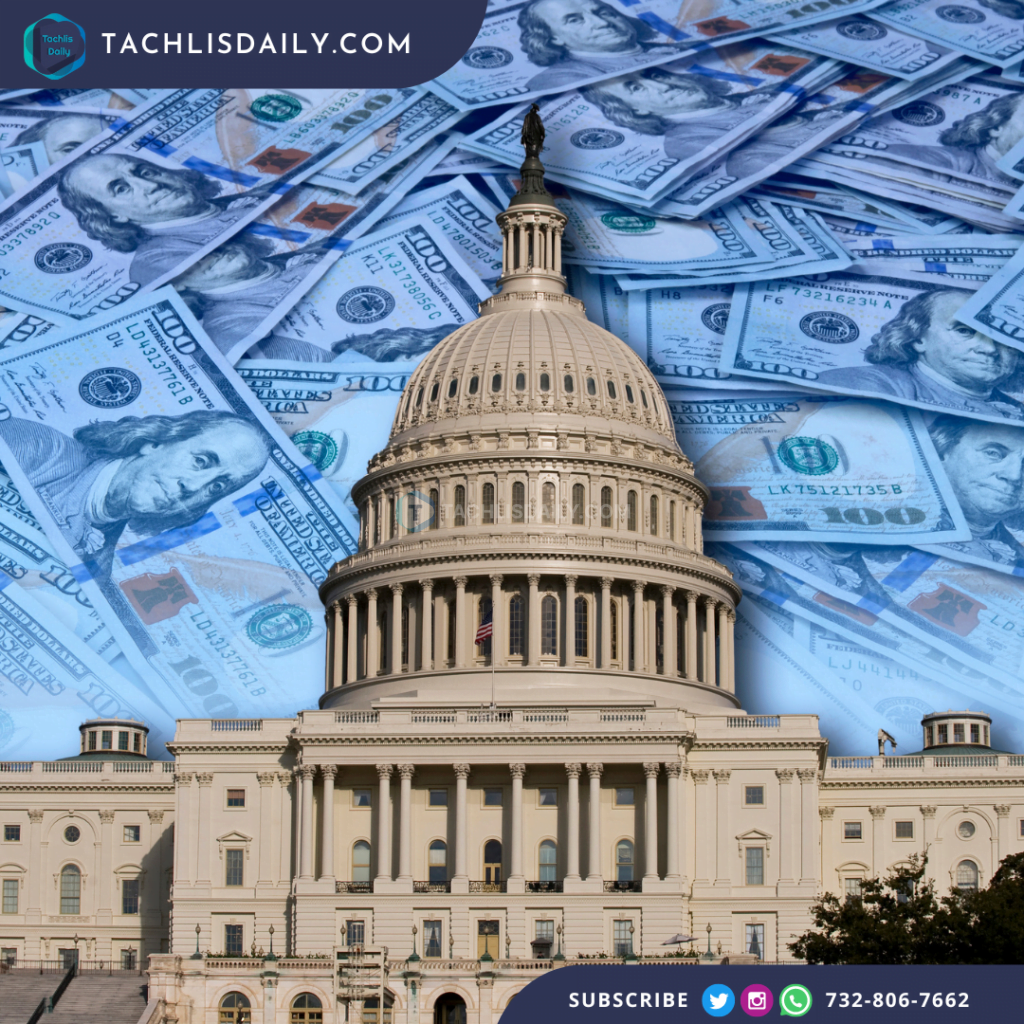The U.S. national debt has surpassed $35 trillion for the first time in history, continuing a trend of rapid debt accumulation. According to the Treasury Department, the gross national debt now stands at $35,001,278,179,208.67. This milestone follows quickly after the national debt exceeded $34 trillion in January 2024 and $33 trillion in September 2023. Just 40 years ago, the debt was around $907 billion.
Maya MacGuineas, president of the Committee for a Responsible Federal Budget, expressed concern over this development. “This news is incredibly sobering – and incredibly unsurprising for anyone who has been following our fiscal trajectory,” she said. The Congressional Budget Office (CBO) recently warned that debt held by the public is on track to reach a new record share of the economy within three years. The deficit is projected to be nearly $2 trillion this year and almost $3 trillion in a decade.
Despite these warnings, MacGuineas pointed out that the alarm bells seem to be ignored. She emphasized the need for serious discussions on building on the Fiscal Responsibility Act passed last year, which aimed to reduce the deficit. Instead, there are ongoing talks about spending and tax cuts that could worsen the situation. “We are going to have to get serious about the debt, and soon,” she stressed, highlighting the dangers the debt poses, especially during election years.
The debt held by the public is expected to reach 99% of the U.S. GDP this year, and the CBO projects it will exceed 106% by 2027, surpassing the record set in 1946. Federal budget deficits have widened in recent years due to rising interest rates, increasing the cost of servicing the debt. Mandatory spending programs like Social Security and Medicare also contribute to the growing deficit.
This year’s federal budget deficit is estimated to be $1.9 trillion, $200 billion more than last year’s. The CBO’s latest estimate is $408 billion higher than its February projection. This would make it the third largest deficit in U.S. history, following the deficits during the peak of pandemic-related spending in fiscal years 2020 and 2021.
Next year, Congress and the new presidential administration will face several fiscal deadlines, including the expiration of the current debt limit suspension on January 1. Lawmakers will need to address another debt ceiling increase or suspension and potentially implement fiscal reforms while the Treasury employs “extraordinary measures” to prevent a default.











